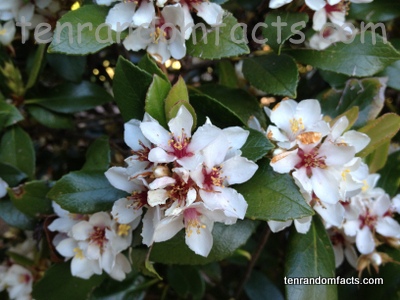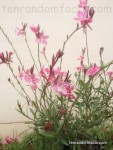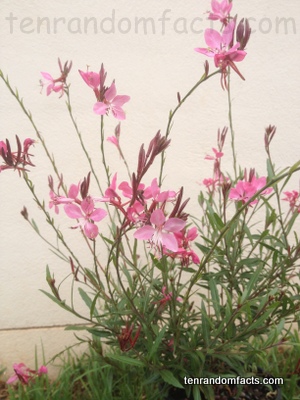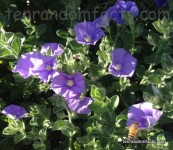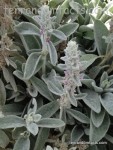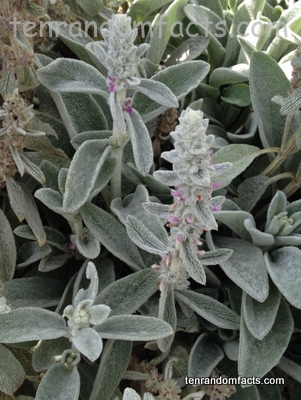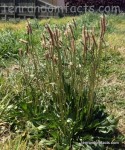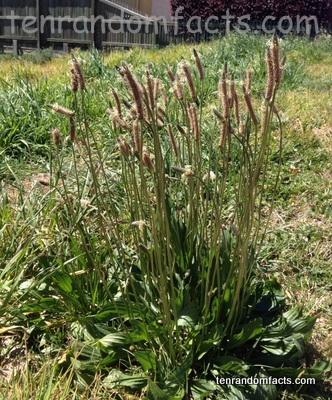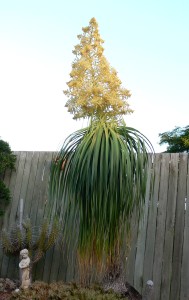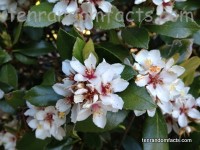
Are Indian hawthorns welcome, or weeds?
- Indian hawthorns are evergreen flowering plants that are native to China and a number of countries in south east Asia.
- The scientific name of an Indian hawthorn plant is Rhaphiolepis indica, that comes from the family Rosaceae, the family of roses.
- ‘Indian hawthorns’ are also known as ‘India hawthorns’ and ‘cherry laurels’, and they grow well in subtropical areas.
- Indian hawthorns can grow to be 0.6 to 4.5 metres (2 to 15 feet) in height, although the average is around 2 metres (6.5 feet).
- Indian hawthorns have small, pink to white coloured flowers that are seen most often in spring and summer, with five petals and many stamens in the centre, as well as a sweet fragrance.
- Indian hawthorns are commonly used for decorative purposes in the garden, and they are suitable to use as hedges, and can be grown as bonsai.
- The leaves of Indian hawthorn plants are generally dark green, glossy and thick, with serrated edges.
- The best conditions for growing Indian hawthorns is full sun; and unfortunately they have become a weed in some areas due to their ability to grown readily from seed.
- As the plant is quite robust, an Indian hawthorn plant is not bothered by salt, thus it can be grown on the coast, and it is also frost resistant.
- After flowering, small black to purple, roughly spherical berries form, that are between 5 and 10 mm (0.2 and 0.4 inches) in diameter, that are said to be useful for making jam.



